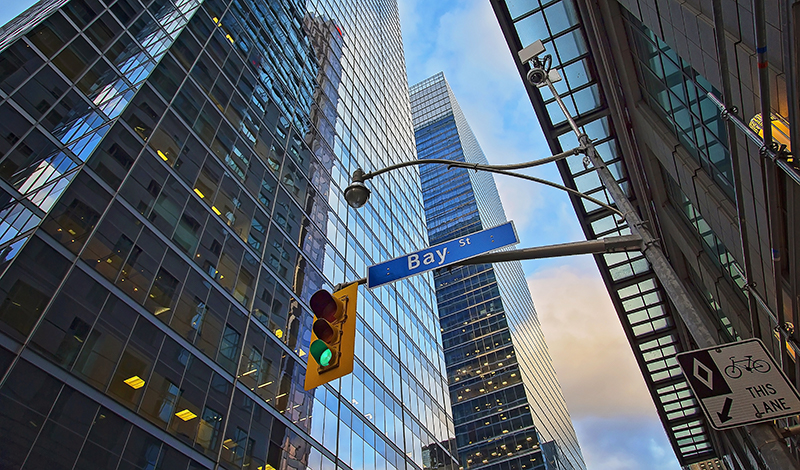Reopening The Global Economy During The Covid-19 Pandemic
Is it possible to reopen the world’s economy after the damage caused by the COVID-19 pandemic? Is the world even ready to reopen economies? Every country seems to have its own playbook in terms of reopening businesses, and some of the plans may end up playing Russian roulette with people’s lives. American President Donald Trump is ignoring his experts from the Centers for Disease Control and Prevention (CDC), and is inciting angry Americans to protest their civil liberties being taken away in many Republican states. In fact, pressures from Trump and protestors on state governors have been so overwhelming that Republican states like Georgia and Florida (whose COVID-19 numbers continue to spike) are reopening various parts of their economies, including beaches and recreational businesses.
Taking the polar opposite stance is Gavin Newsom, Democratic governor of California, who listed the guidelines his state must follow in order to reopen: “expand testing to identify and isolate the infected, maintain vigilance to protect seniors and high-risk individuals, be able to meet future surges in hospitals with a myriad of protective gear, continue to collaborate with academia on therapies and treatments, redraw regulations to ensure continued physical distancing at businesses and schools, and develop new enforcement mechanisms to allow the state to pull back and reinstate stay-at-home orders.”
As for Canada’s approach, it is much different than our American neighbours. Toronto Mayor John Tory met with city officials to discuss when “regular” life can restart in the country’s biggest city, though he warned that the time has not yet come. Ontario Premier Doug Ford said his province’s approach will be based on health advice, and the province will only move forward with medical officials’ green light. He added that there are various scenarios playing out across Ontario: “What’s happening in a big urban centre like Toronto may not be happening in rural areas.”
Canadian Prime Minister Justin Trudeau repeated the need for caution and reminded Canadians to continue with physical-distancing measures. “If we open too quickly, too soon or in the wrong way, we could find ourselves back in this situation a couple of months from now, and everything we will have sacrificed during these months will have been for naught. Discussion with the premiers have found consensus on the need to co-ordinate how the country moves forward. The situation is very different from one region to the next, and the measures that they will be able to move forward with at various moments will vary as well across the country.”
WILL CANADA’S ECONOMY MAKE A COMEBACK?
According to a report released by Statistics Canada, 34.5 per cent of Canadian workers expressed concern they could lose their job or main source of income within the next month. Keeping workers on the payroll may be what separates the country from a depression or a recession.
For example, the unemployment rate in Manitoba has increased to 6.4 per cent in March 2020, up from five per cent in February 2020. That translates to approximately 8,600 more people out of work.
To ensure the country’s economy survives the pandemic, the Canadian government has offered many different financial relief stimulus plans. One is the Canada Emergency Response Benefit (CERB) plan, which allows individual Canadians $2,000 a month for four straight months if they qualify based on the following information: they are quarantined; they have COVID-19 or are taking care of someone with the virus; they are unable to work; their kids need to be taken care of because schools are closed; or they are facing unemployment or reduced hours. Other programs include a temporary salary top-up for low-income essential workers; increased funds for the child benefit program; a one-time special goods and services extra top-up payment; mortgage support; and extra time to file personal income tax. There has also been some relief for small businesses, and more is being implemented, as the government further explores their ongoing needs.
Some economies are beginning to reopen in Europe, where they have seen COVID-19 infection numbers dramatically reduced over the last few weeks. In Italy, which has suffered Europe’s greatest death toll so far, part of the plan is to slowly lift lockdown measures on bookstores, laundries, stationery stores and children’s clothing shops. In Germany, students will slowly return to school, beginning May 4. Switzerland has announced that it will begin to ease its lockdown during three phases, beginning April 27. In the first phase, hairdressers, massage and tattoo salons, DIY stores and garden centres can reopen, and hospitals can begin conducting non-urgent procedures. Also, doctors and dentists can resume their practices. In Austria, as of May 1, all stores, shopping centres and hairdressers will reopen, and restaurants and hotels will be permitted to reopen sometime in mid-May. In addition, Denmark reopened churches for Easter services. In the Czech Republic, hardware stores and bicycle shops have reopened, along with outdoor sports facilities.
Clearly, the world economy hasn’t been hit like this since the Great Depression, but the numbers don’t tell the entire story. Before COVID-19, the world economy was surging, with the TSX and the Dow Jones constantly reaching record highs, and the unemployment rate was at record lows. But, there’s no reason not to believe the world economy can reach those heights again, once COVID-19 has been defeated.
















































































